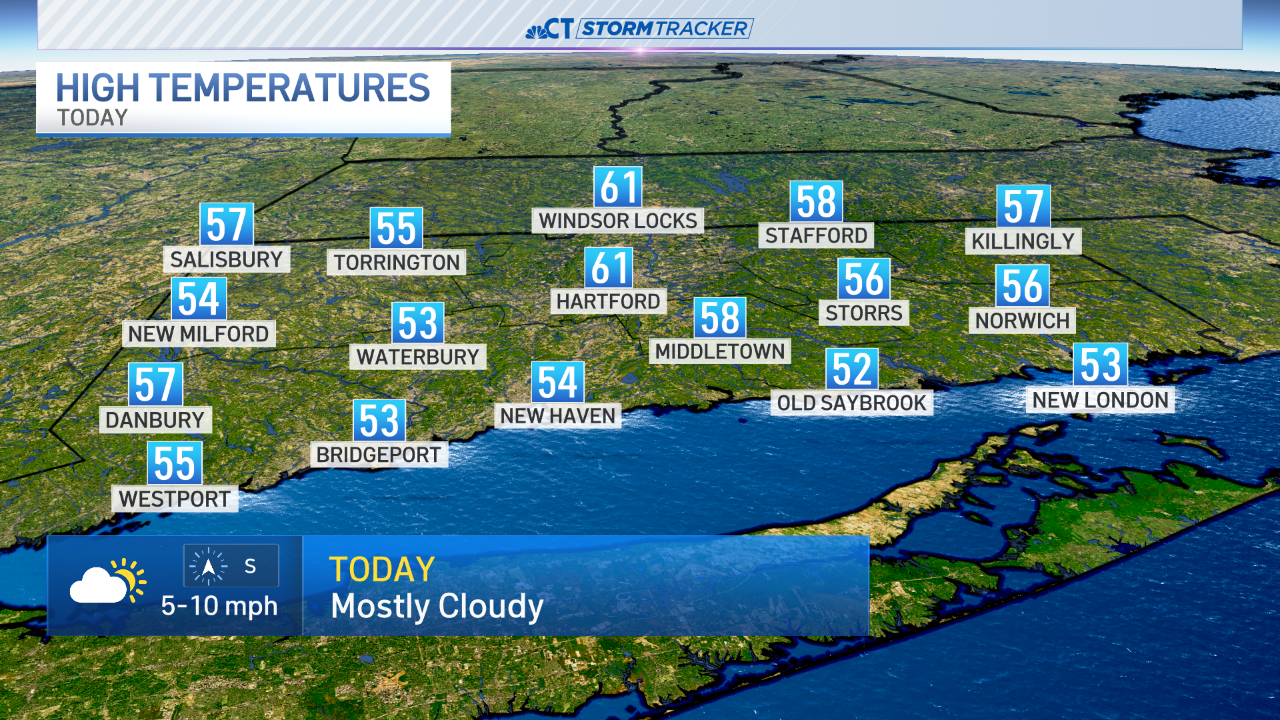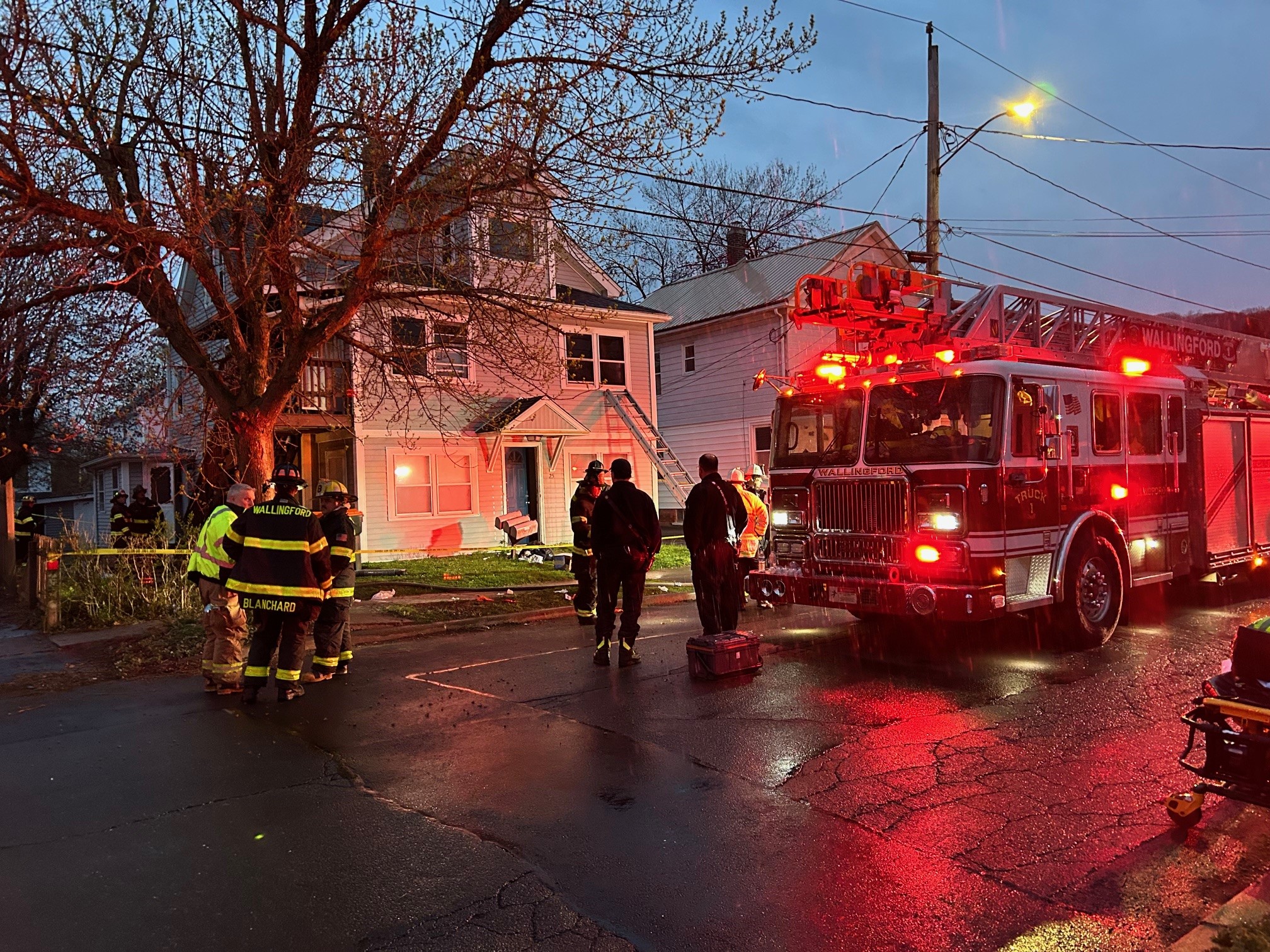Historians are remembering the lives of those who were enslaved in Old Lyme.
Now, 30 brass plaques known as Witness Stones can be found along Lyme Street and McCurdy Road as a way to recognize both enslaved African and Native Americans and sites of enslavement in Old Lyme.
According to Witness Stones Old Lyme, more than 200 African and Native Americans were brought over to the town of Lyme between 1670 and 1820, which then included Lyme, Old Lyme and parts of East Lyme and Salem.
On Friday, historians, students, musicians, and performers gathered at the Old Lyme Phoebe Griffin Noyes Library to remember the town's history of slavery and celebrate the second installation of the Witness Stones project, which added 16 more stones to the original 14.
Get Connecticut local news, weather forecasts and entertainment stories to your inbox. Sign up for NBC Connecticut newsletters.
"So we're trying to show who it was that actually lived here and helped build the economy that makes the town what is today," said Historian Carolyn Wakeman, chair of the Witness Stones Steering Committee.
Thanks to Wakeman's work, the person's name and story is engraved on 30 individual plaques.
"It's very personal to me, even though I am not from this community. For I am a descendent of people who were enslaved," said Constance Perry of Charleston, Massachusetts.
Local
Perry said Friday's ceremony brought her to tears, as her ancestors were laborers in North Carolina.
"I am gratified that this community is trying to bring life to the people who were enslaved who lived and contributed to this community and contributed to the nation. The building of this nation," Perry said.
Come Juneteenth, the first time the nation will celebrate the end of slavery as a federal holiday and as an official state holiday in Connecticut, Perry hopes people understand it's significance.
"It's not just another day. It's not a day off. That people really, truly live into it and do research and look into the history and understand why this is important for us to acknowledge as a nation," Perry said.
Along McCurdy Road and Lyme Street, people will also find white roses, highlighting the newest witness stones and a history not often taught in schools.
"It's really important as me being a historian to let kids know all about the history and not just a select view and stuff, and that opens up their eyes to the world and everything around them," said Heather Saia, seventh grade social studies teacher at Lyme-Old Lyme Middle School.



